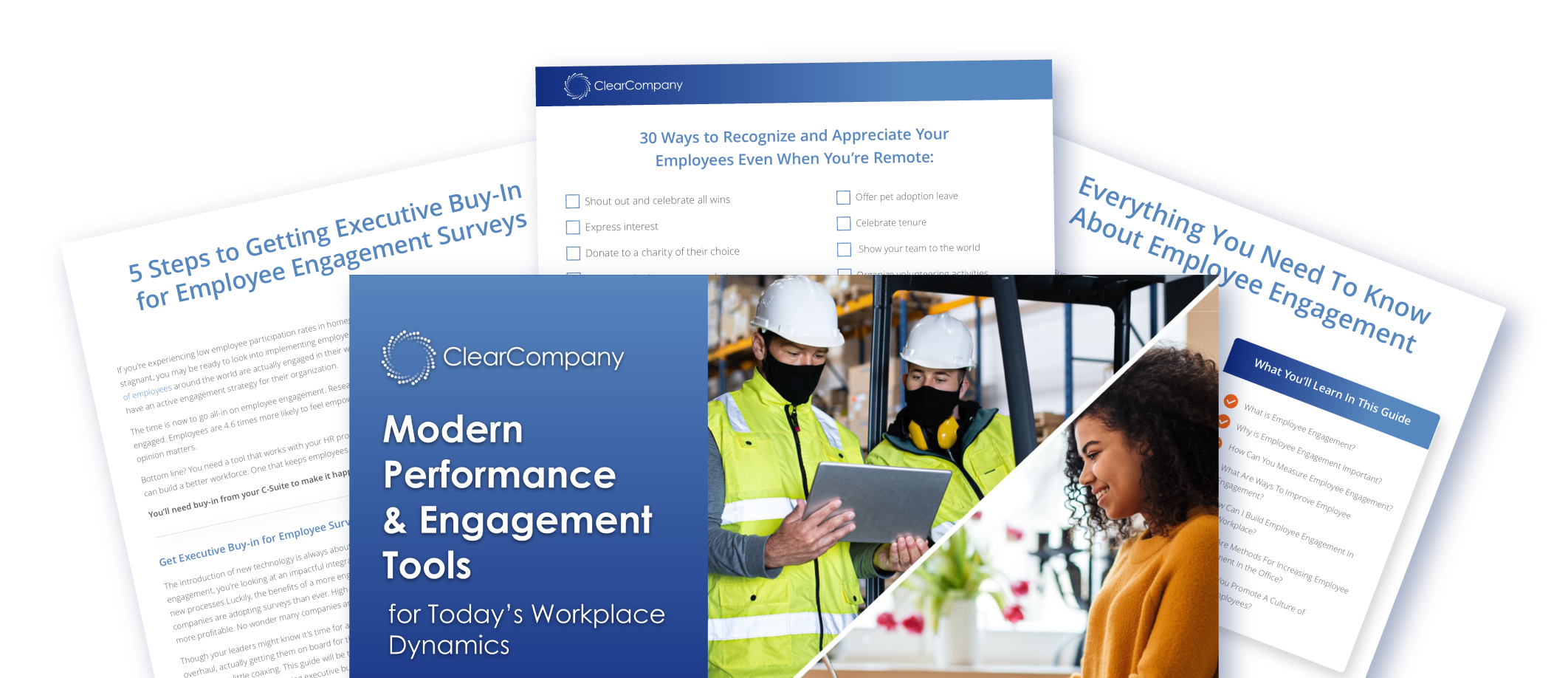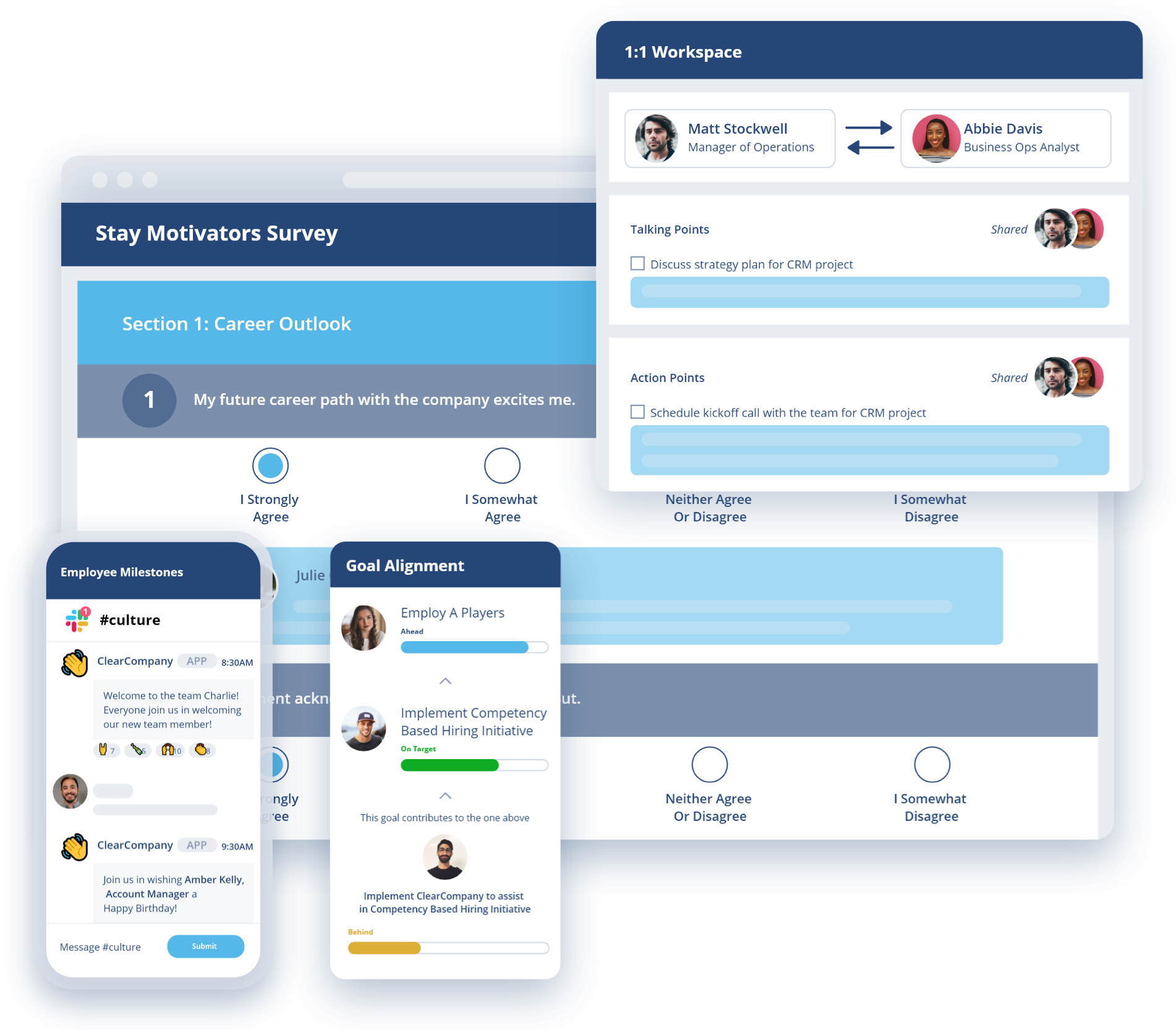The benefits of a highly engaged workforce can be seen across all aspects of an organization. There are 4 key areas in which increased employee engagement directly benefits all parties.
1. Better Employee Wellness
Employees who feel engaged and connected to their work have a greater sense of well-being. A workplace culture of engagement allows employees space and time to take care of their mental and physical health, leading to lower stress levels. Recent studies have found that 36% of all employees feel stressed or overwhelmed with their work. High levels of stress and pressure in work often leads to burnout. Finding ways to connect with your employees and keep them engaged and motivated to work will help combat potential burnout.
Checking on your team’s wellness, both mentally and physically, will create a more supportive and productive workplace culture.
2. Greater Employee Satisfaction
Employees who feel connected to their colleagues and their work are more likely to be satisfied with their personal and professional lives. Recent studies have shown that less than 50% of workers are very satisfied with their jobs. This statistic is concerning, considering that dissatisfied employees are more likely to look for new jobs.
Engaging your employees provides them with clarity on their role and connects them to the organizational goals. Employees who feel a greater sense of purpose in their organization are 1.7x more likely to be satisfied in their role and are 1.4x more likely to be engaged overall. What are some ways you can increase the satisfaction rates of your employees? Here are a few ideas:
- Recognize employees frequently for good work
- Offer opportunities for professional development
- Focus on long term goals
- Communicate
- Offer frequent feedback
- Empower employees to create deeper work relationships












